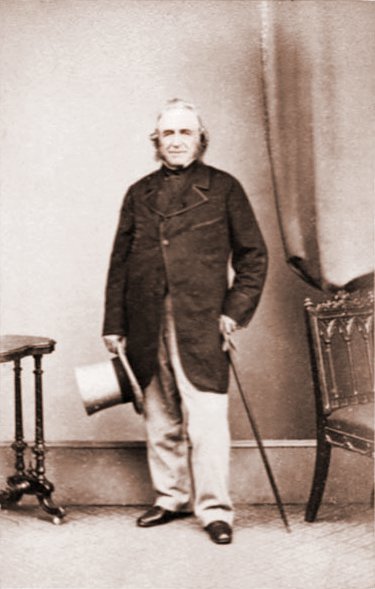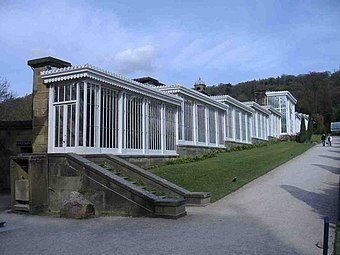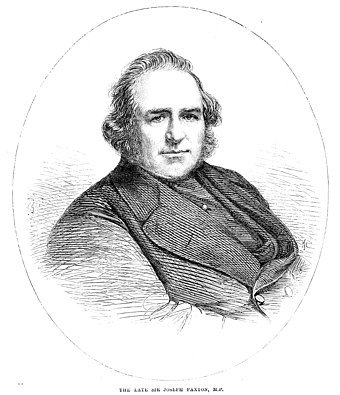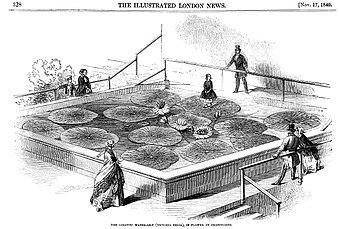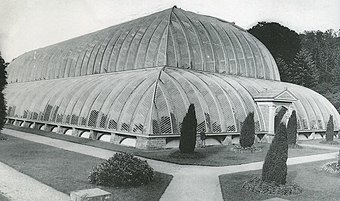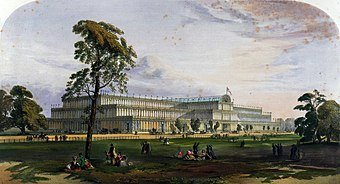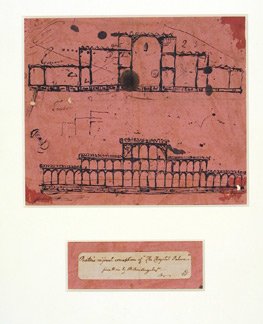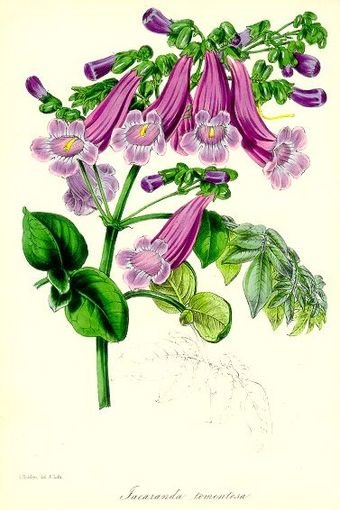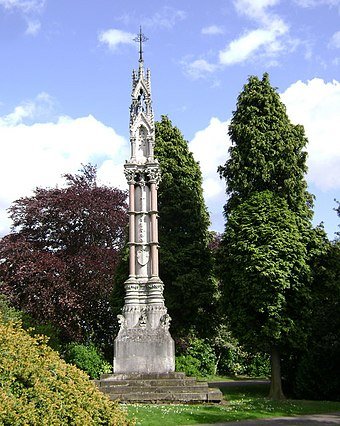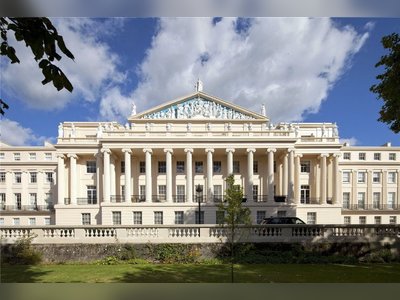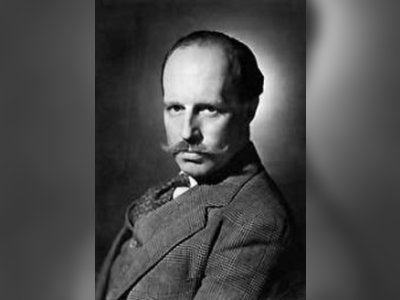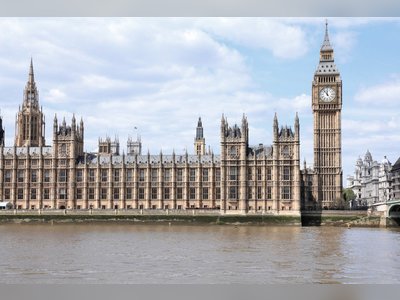Joseph Paxton
An Architectural Visionary and His Indelible Imprint on British Heritage.
Born into the heartland of England, Sir Joseph Paxton (1803–1865) was an extraordinary figure whose legacy spans horticulture, architecture, engineering and politics. His prolific contributions have left an indelible mark on British heritage, shaping the landscape through his innovative designs and influencing the nation's architectural traditions with his ingenious approach.
Life and Times of a Visionary
Born into a farming family as the seventh son in Milton Bryan, Bedfordshire, Paxton's interest in horticulture was ignited at a tender age. This would later lead him to enrol at the prestigious Chiswick Gardens at the age of fifteen, after providing a false birth date to meet the enrolment requirements.
The proximity of Chiswick Gardens to the illustrious Chatsworth House, home of the 6th Duke of Devonshire, William Cavendish, paved the path for Paxton's promising career. Impressed by Paxton's skill and enthusiasm, Cavendish offered the young prodigy the position of head gardener at Chatsworth, one of the finest landscaped gardens of its time.
Innovations at Chatsworth
At Chatsworth, Paxton demonstrated an innovative flair and a distinctive talent for landscape and architectural design. His projects ranged from the redesign of the garden around the new north wing of Chatsworth House to the creation of a 40-acre arboretum. His expertise in moving mature trees, including an eight-ton tree from Derby, became legendary.
One of Paxton's landmark projects was the Emperor Fountain, built in 1844, an engineering marvel twice the height of Nelson's Column that necessitated the creation of a feeder lake and the excavation of 100,000 cubic yards of earth.
His affinity for greenhouse technology led him to design a series of buildings with forcing frames for cultivating exotic plants, an innovation that heralded the modern greenhouse's advent. Paxton's experimentation with glass houses allowed him to develop the 'ridge and furrow' roof, a revolutionary design that maximised sunlight and improved plant cultivation.
The Great Conservatory and Beyond
His fascination with the Victoria Regia lily led to the construction of the Victoria Regia House, another greenhouse marvel. Paxton's innovative construction techniques, using prefabricated components and modular designs, culminated in his most ambitious project – The Great Conservatory at Chatsworth.
Constructed between 1836 and 1840, the Great Conservatory, or Stove, was a mammoth glass structure designed by Decimus Burton. Its pillars and beams were made of cast iron, while its arched elements were of laminated wood, making it the largest glass building globally at that time. Despite its grandeur, the conservatory was prohibitively expensive to maintain and was eventually demolished in the 1920s.
The Crystal Palace: A Masterpiece
Paxton's remarkable design and engineering skills found their most iconic expression in the Crystal Palace, designed for the Great Exhibition of 1851. A building of immense proportions, the Crystal Palace revolutionised architectural design with its modular, prefabricated components, and extensive use of glass. It showcased British technological prowess and signified a breakthrough in architectural design.
Despite initial resistance from the Royal Commission, Paxton's design, inspired by the Victoria Regia House, was embraced after it was published in the Illustrated London News. The Crystal Palace became a symbol of the Victorian age and remains a landmark of British architectural history.
Contributions to Horticulture and Public Parks
Beyond his architectural achievements, Paxton was also a fervent advocate of horticulture. He published numerous works on the subject, including 'The Horticultural Register,' 'The Magazine of Botany,' 'The Flower Garden,' and the 'Pocket Botanical Dictionary.' He co-founded the famed 'The Gardeners' Chronicle,' contributing significantly to horticultural knowledge and practice.
Paxton also shaped public landscapes across Britain. He designed public parks in Liverpool, Birkenhead, Glasgow, and Halifax, alongside laying out one of the country's first municipal burial grounds in Coventry - the London Road Cemetery.
The Architect of Grand Mansions
His architectural expertise extended to grand mansions. He was commissioned by Baron Mayer de Rothschild to design Mentmore Towers in Buckinghamshire, one of the most magnificent country houses of the Victorian era. Following this, Baron James de Rothschild requested a similar mansion in Ferrières-en-Brie, France, leading to the creation of the Château de Ferrières.
Political Career and Later Life
In addition to his architectural and horticultural feats, Paxton served as a Liberal Member of Parliament for Coventry from 1854 until his death. Despite his political commitments, he continued his architectural work, speculating successfully in the railway industry and further cementing his influence on British heritage.
His commitment to public service culminated in raising and commanding the 11th (Matlock) Derbyshire Rifle Volunteer Corps in the Volunteer Movement. He was also a member of the Kew Commission aimed at improving the Royal Botanic Gardens.
Sir Joseph Paxton passed away at his home at Rockhills, Sydenham, in 1865, leaving behind a legacy that transformed the British landscape and architecture. His innovative designs and commitment to public service have made him a stalwart figure in British heritage, with his influence felt even in the present day.
- Joseph Paxtonen.wikipedia.org
